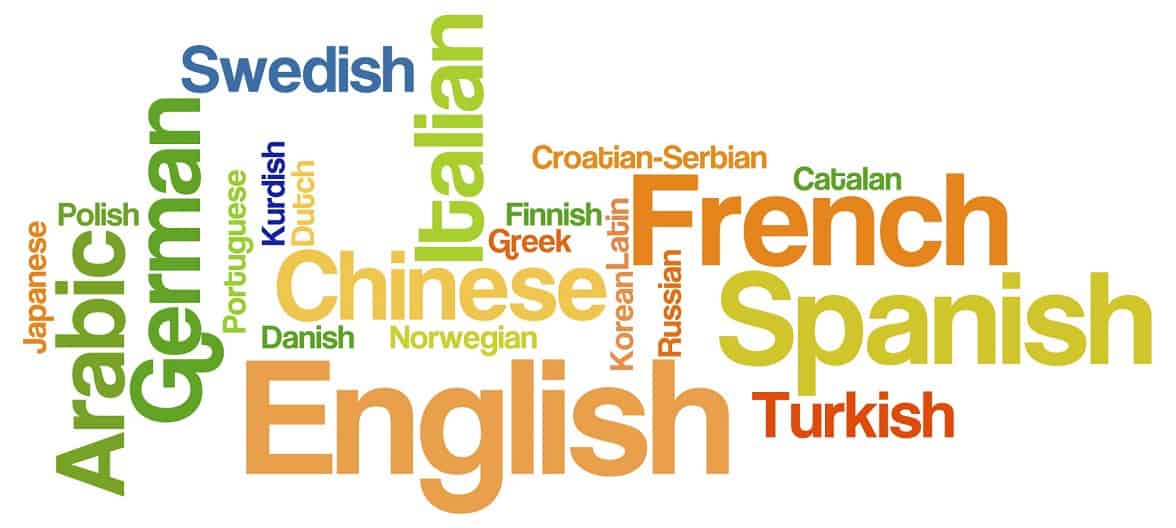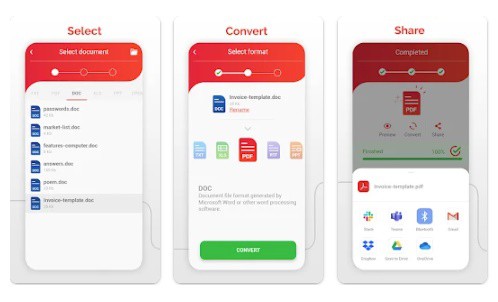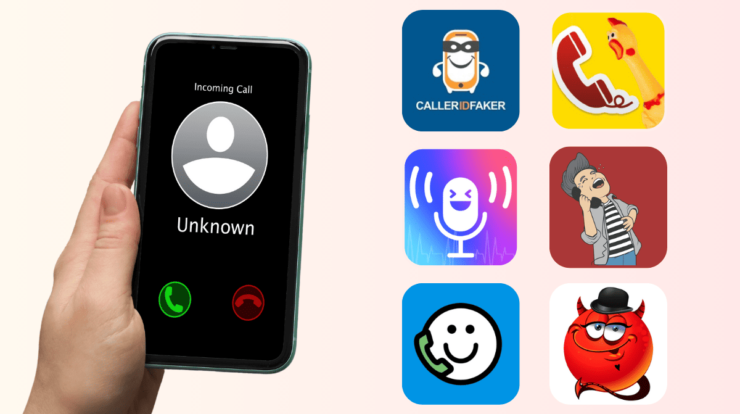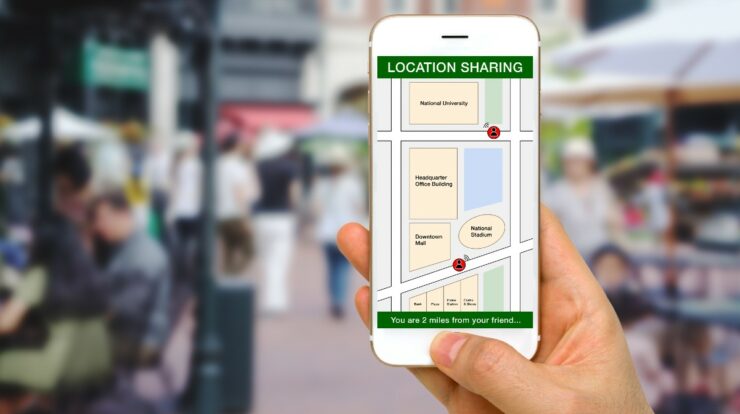
Technology has a way of subtly influencing our lives, changing ‘normal’ before we even know what happened. Language translation apps are no exception and they’re truly changing the way we travel. What once seemed like an intimidating foreign culture has been made far more accessible through the use of an app translator. Below, we’ll look at when it makes sense to use an app translator and how doing so has changed the way we travel.
Do You Need Post-Editing Machine Translation When Using an App Translator?
Translation has come a long way in recent years. However, it still can’t quite compete in professional settings. If you need business documents, websites, marketing materials, doctor’s orders, presentations, or financial reports in another language, an app translator will likely make enough mistakes that it compromises the professionalism of the document. To make sure the document is accurate and properly enhance the standard, you’ll need to use post-editing machine translation. Ofer Tirosh, CEO of language service provider Tomedes, emphasizes the ongoing need for professional human translators for documents such as these. But if you’re traveling and just need a program to help you ask for directions, the basics of an app translator can be a great way to open new travel options. From checking into hotels to reading foreign menus, translation apps have you covered.
When Google moved its translation app to machine learning in 2016 (the Google Neural Machine Translation system), it saw a major spike in inaccuracy. To test it, Google had human raters evaluate the translations on a scale of 0 to 6. When people ranked its translations from English to Spanish, it got a 5.43, versus the 5.5 that human translators got. For Chinese to English, it got a 4.3, versus 4.6 for human translators.
The Google translator app isn’t 100% accurate; it’s still performing below human translators. Even so, it’s a great tool for travelers and certainly a better option than frantically searching through a foreign language phrasebook.
How the App Translator Is Changing Travel
Many Westerners walk around with the notion that the world will conform to their needs, linguistic and otherwise. It might be easy to assume that we can walk into any major tourist destination and someone there will speak English. After all, in many parts of the world learning English as a second language is mandatory in schools.
But there are 7,000 languages spoken on the planet. Walking into other parts of the world and expecting them to speak English can be unrealistic. Yet how many people have the time to spend months or even years getting to grips with a new language just for a single trip?
Even if you do take the time to learn the basics of a new language (which is always appreciated by those in the country that you’re traveling to), it’s hard to predict how far that will take you in practice. If conversations get more complex, you may have to explain that you don’t speak the language well.
The app translator is a good middle ground between having to acquire total fluency and feeling totally cut off from other parts of the world. An app translator is accurate enough to get you where you need to go. It can help you connect with people during your travels and meet your basic needs around accommodation and food.
You might use an app translator to ask for directions, order a meal in a restaurant, interact with a cashier and other customer service professionals, ask for something at a hotel or interact with a taxi driver, as a few examples. While an app translator might be a bit cumbersome for conducting lengthy conversations, it’s perfect for these kinds of common travel interactions.
Which App Translator Is Best for Travel?
If you plan to use an app translator when you travel, bear in mind that they vary quite a bit. Some are meant more for browser use or document translation, for instance.
What is the best translator app? If you need an app translator for travel specifically, your best options are SayHi Translate, Google Translate, TextGrabber, Naver Papago Translate, and TripLingo, which we’ll cover below.
SayHi Translate: This is the best voice translator app. Everything about this app is meant for real-time communication. You speak or type a phrase into the app and in return, it will play the translated phrase. The person you’re speaking to can use your phone to do the same, and before you know it, you’re communicating openly with someone in a new language.
Google Translate: No list would be complete without this powerhouse app translator. How do I translate the text on my phone? With Google Translate you can draw a character you need translated or take a photo of a document and the app will convert it into the new language. It’s ideal for reading signs, menus, and the like.
TextGrabber: This is another app that translates from images and photos, so it’s useful for grabbing text off of menus and so forth. It works offline, so it doesn’t eat data.
Naver Papago Translate: This app takes care of text, recorded audio, and photos. It translates audio in real-time, so it’s good if you want to converse.
TripLingo: This app translator directly translates your voice into another language. It has an image translator, key phrases in the new language, and tips on cultural norms, which can be really handy.
Whichever you choose, take a moment to appreciate how this advanced technology in the palm of your hand is opening up the entire world!


